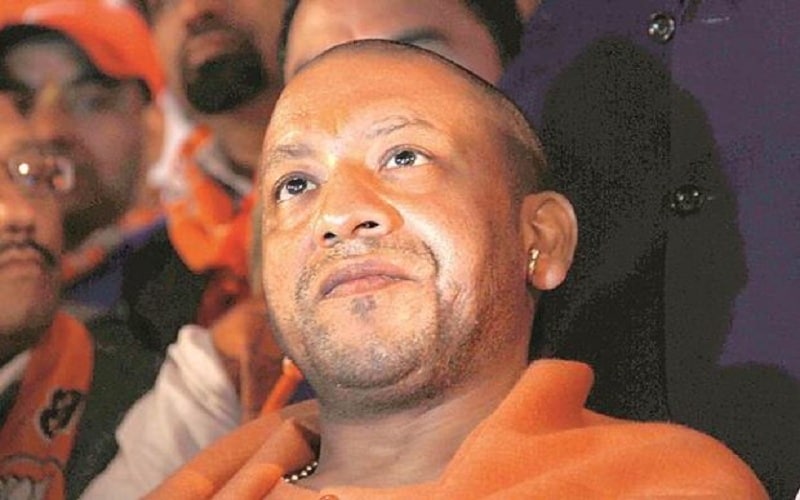Lucknow: In an unprecedented move, Yogi Government of Uttar Pradesh is issuing damage notices to the people and making them pay for the damages caused to public property during the recent anti-citizenship law protests.
Earlier dozens of violent protests were held in the country in which public property was damaged but no government issued notices to the protestors asking them to pay the damages.
But this time when the protestors are agitating against the contentious CAA, Yogi Government is issuing notices to the people to pay the damages that too even to those who are not at all involved in the protests. This raises the question whether the Uttar Pradesh protestors are punished for being Muslims?
TOI took stock of the number of occasions over the past five years that individuals and outfits appear to have got away with destroying public property worth crores of rupees during protests.
It noted the Jat quota stir in Haryana in February 2016 claimed 30 lives and the loss of property was estimated to be Rs 1,800-2,000 crore.
In August 2017, when a special CBI court convicted Dera Sacha Sauda chief Gurmeet Ram Rahim in multiple rape cases, property worth Rs 126 crore was damaged in Panchkula alone. Despite the high court order to freeze the properties belonging to Dera Sacha Sauda till the damages are estimated, no such action has been taken and the case continues.
In Delhi on August 22 last year, 14 cars were damaged at Govindpuri by thousands of protesting Dalits led by Bhim Army chief Chandrashekhar Azad, while in November, lawyers at Tis Hazari damaged 13 police vehicles and set fire to several bikes while clashing with the cops over a parking dispute. Saket also witnessed similar violence but nobody was even arrested.
But in case of anti-CAA protests at Jamia Nagar and Mathura Road on December 15, Police moved to the HC asking it to appoint a claims commissioner who would assess the damage and “establish liability”.
During the Patidar quota movement in Gujarat in August 2015, mobs torched 660 government vehicles and 1,822 public buildings within just three days. Though a PIL was filed in the Gujarat HC a week after the riots seeking an inquiry commission to assess the damage, the PIL was withdrawn two weeks later.
During a bandh called by an outfit called Jagannath Sena in Odisha on October 3, 2018, property worth Rs 20 crore was damaged after violence erupted in Puri.
During the protest against the Centre’s decision to amend the Employees Provident Fund Act called by garments factory workers in Karnataka, around 15 vehicles, including police vans and buses, were set ablaze in Bengaluru in April 2016.
In the same year on September 12, the Cauvery riots ravaged public property, with more than 30 buses being damaged. No attempt was made by the government to recover damages in either of these cases.
As many as 49 state-owned buses were damaged in Pathanamthitta district of Kerala in 2018 during protests that greeted the Supreme Court’s verdict on entry of women into the Sabarimala shrine. Despite several arrests under the Prevention of Damage to Public Property Act, 1984, the loss due to damage of public property was never recovered.
In October 2011, the Kerala HC had ordered that in the event of public property being damaged, an amount equivalent to the loss must be deposited by the accused as a condition for bail.
In Rajasthan, there have been multiple instances of vandalism and arson, including during the agitation against the film Padmaavat in November 2017 and the Gujjar community’s quota stir in February 2019. But in none of these instances did the state even calculate the extent of damage to public property.

